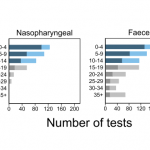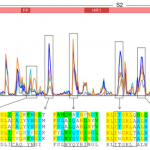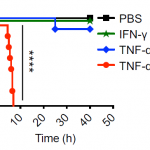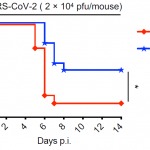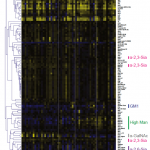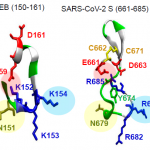Up regulation of high mannose is behind the relationship between severity and age in the N1H1 influenza virus: a ferret model
In the 2009 N1H1 influenza pandemic, young people, like the new coronavirus, tended to be mild and became more severe as they aged.
The following group, using ferrets as a model, has investigated if any change in glycosylation might be involved in the background relationship between the severity of N1H1 influenza and age? They used lectin microarrays for comparative glycan profiling analysis with using Ferret lungs as samples.
https://pubs.acs.org/doi/10.1021/acs.jproteome.0c00455
As a result
In aged ferrets, high mannose was highly expressed as they became more severe.
In newly weaned ferrets, however, the expression of high mannose increased from 3 to 5 days after the infection, but since then, glycan modification has recovered to the same level as in healthy states, and stayed in mild and recovered.
It can be seen that glycan modification is deeply related to severity of influenza.

